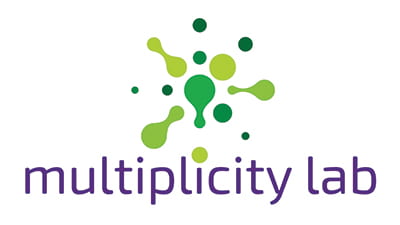Image of the Week: Start the Year with Noticing and Wondering
August 21, 2022Start the Year with Noticing and Wondering
As a mathematical routine, Notice & Wonder has been around for a few years, introduced my Max Ray (2013) in his book Powerful Problem Solving and given a formal shape by NCTM as I Notice, I Wonder. The central idea is to provide students with a situation or setting and encouraging them to see it through a mathematical lens, making mathematical observations and posing mathematical questions. Children can then pursue their own mathematical questions – something we rarely make space for in our classrooms. But learning to ask mathematical questions is central to what it means to do mathematics. Learners are far more motivated to pursue their own questions than those imposed upon them. Choosing to spend your instructional time on noticing and wondering can support students in developing the key mathematical practices of connecting math to the world and posing questions, and then motivating them to chase after their own ideas.
I was startled the first time I saw this week’s image, taken in Quarry Bay, Hong Kong, showing a huge number of small apartments. I had lots of observations – about the structure of the apartment building, the color-coding of columns of apartments, the patterning in the building – and lots of questions:
- How many apartments are there?
- What portion of the image is one apartment?
- How many stories is the building and how tall is it?
- How many stairs would you have to climb to get to the top?
- How many people might live here?
- Are there more buildings like this? If so, how many more?
These questions are just the beginning of my wondering about this place, and you can see that they point in different mathematical directions. Some of my questions are answerable with some certainty. For instance, we can likely count the number of stories tall the building is, if we assume the lowest floor we can see is the ground level. But many of questions require estimation, such as how many apartments there are in the image, how many people might live here, and the height of the building from floor to roof. Some, like the number of stairs, might require I go investigate my own surroundings by finding out how many stairs typically make one story. And then there are less answerable questions, like how many other buildings like this might exist, and, ultimately, how many people live in apartment buildings like this in Hong Kong.
This is the beauty of noticing and wondering. The questions students pose are valuable themselves, as a mathematical act, and attempting to answer them can open many different big mathematical ideas. In this case, I could be thinking about counting, thinking in equal groups, decomposing to estimate, using units to measure, and attending to and using structure. Students’ questions also give us an opportunity to distinguish between those we can answer with specificity, those we can estimate, those we need more information to answer, and the unanswerable.
Consider launching one of your first math lessons with a notice and wonder activity using any of the Notice & Wonder images on our website. What’s wonderful about these activities, especially at the beginning of a new year, is that they are not about finding the right answer. Instead, they open up space for students to see, think, interpret, and pose questions, and there are an infinite number of ways to do that, which means every child can contribute and be heard. You can just wonder with your students or use this conversation to spur further investigation. The point is that every child can cultivate a sense of mathematical wonder if we make space for it in the classroom. What better time than now?
And we invite you to follow us on Twitter! Tweet us the fascinating ideas you students have about our activities or how you’re trying these activities in your space. We can’t wait to hear from you!
To multiplicity, cheers!
Jen Munson and the multiplicity lab group

